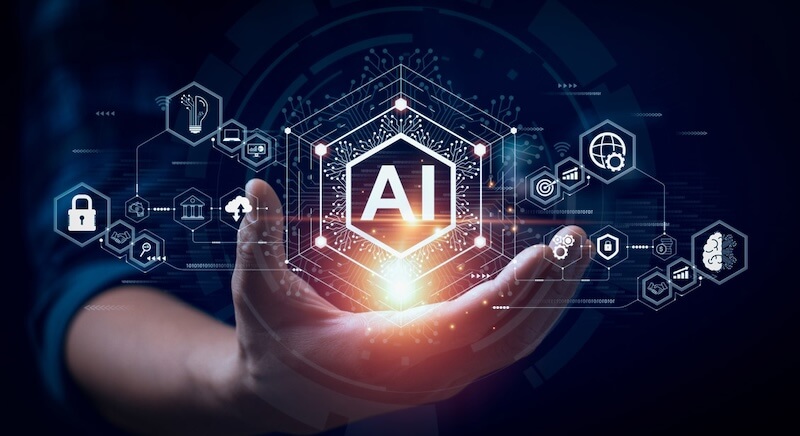The convergence of human intellect and artificial intelligence is no longer a futuristic fantasy but a rapidly evolving reality. As AI continues its exponential growth, the focus is shifting from viewing it as a replacement for human labor to recognizing its potential as a powerful tool for augmenting human capabilities. This symbiotic relationship promises to unlock unprecedented levels of productivity, innovation, and overall progress across various sectors.
Recent reports and studies underscore this evolving perspective. The United Nations Development Programme's (UNDP) recent Human Development Report highlights an optimistic outlook, with a majority of survey respondents believing AI will positively impact their work and create new opportunities. This sentiment is particularly strong in low- and medium-development countries, where a significant percentage of people anticipate using AI in education, health, or work in the near future.
One of the key areas where human-AI collaboration is proving to be particularly fruitful is in augmented decision-making. AI algorithms can process vast datasets to identify patterns and insights that would be impossible for humans to discern on their own. However, human judgment and ethical considerations remain crucial in interpreting this information and making informed decisions. In healthcare, for example, AI can analyze medical images to detect early signs of disease, but doctors retain the responsibility of making final diagnoses and treatment plans.
Moreover, AI is fostering creative partnerships across various domains. Generative AI models can assist artists, writers, and designers by generating initial drafts, suggesting ideas, and exploring different creative directions. This allows human creators to focus on refining and personalizing the outputs, adding their unique artistic vision and emotional intelligence to the process. Far from replacing human creativity, AI serves as a catalyst, enhancing and expanding the possibilities for artistic expression.
The automation of repetitive tasks is another significant benefit of human-AI collaboration. By automating mundane and time-consuming tasks such as data entry, inventory management, and routine customer service inquiries, AI frees up human workers to focus on more strategic, interpersonal, and innovative work. This not only improves overall efficiency but also increases employee satisfaction by allowing them to engage in more challenging and rewarding activities.
Furthermore, AI is revolutionizing education and skill development. AI-powered platforms can personalize learning experiences, adapting to individual needs and learning styles. Teachers and trainers can then complement these platforms by fostering critical thinking, emotional intelligence, and other essential soft skills, ensuring a holistic and well-rounded education. This collaborative approach to learning prepares individuals for the demands of the future workforce, where both technical expertise and human skills are highly valued.
To thrive in this evolving landscape, workers will need a blend of technical and soft skills. Proficiency in coding, data analysis, and AI tool usage will be increasingly important, as will familiarity with cloud platforms, machine learning frameworks, and cybersecurity. However, creativity, emotional intelligence, critical thinking, collaboration, and adaptability will remain indispensable. Continuous learning and upskilling will also be crucial to stay competitive as AI technology continues to advance.
However, the successful integration of AI into the workplace requires careful planning and consideration. Organizations must foster a culture of trust and transparency, ensuring that employees understand how AI is being used and how it will impact their roles. It is also essential to address any fears or concerns that employees may have about AI, providing them with the necessary training and support to collaborate effectively with AI systems.
Ultimately, the future of work is not about humans versus AI, but about humans and AI working together to achieve common goals. By embracing this symbiotic relationship and focusing on developing both technical and human skills, we can unlock the full potential of AI and create a future where technology empowers individuals and drives progress for all.

















